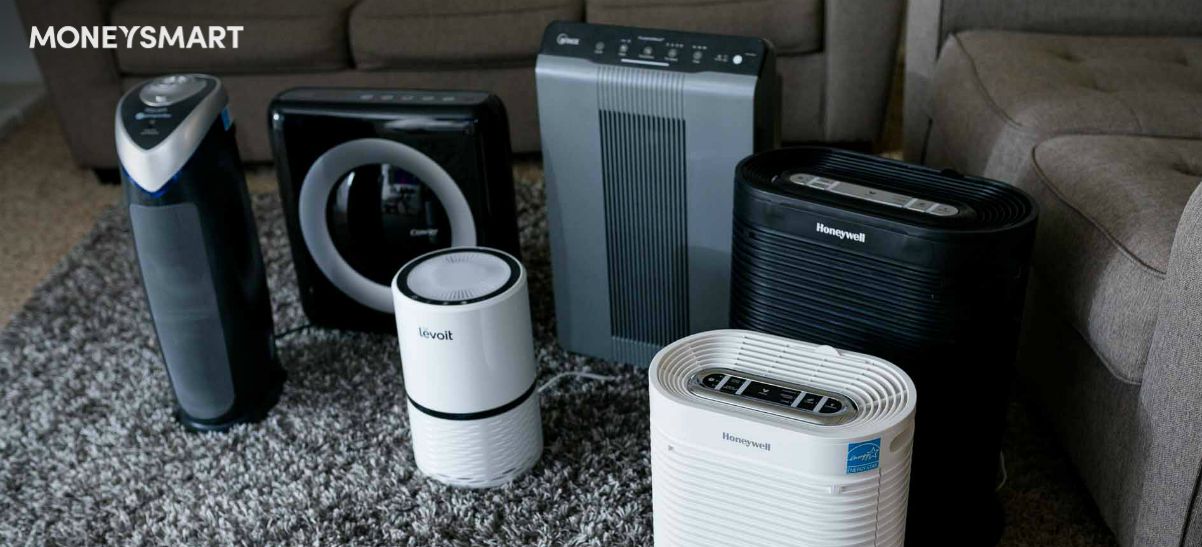How Does an Ice Maker Work?
An ice maker works by using a process called adiabatic cooling. The heat from the heating element warms the ice mold and encourages it to let go of its ice cubes. The motor then spins a shaft with small arms that scoop the ice into the storage bin.
Before your ice maker makes its first batch, clean it thoroughly. Use a soft cloth dampened with warm water and detergent to wipe the interior surfaces.
Countertop
A countertop ice maker is a great appliance for anyone who wants a constant supply of fresh, clean ice cubes without the hassle of filling a freezer or constantly buying bags of ice from the store. These machines produce up to 26 pounds of ice per day, which is more than enough for most households, and some models have the ability to churn out 30 or more pounds.
The components and ice-making process vary slightly from model to model, but most feature a water reservoir, a cooling system, an ice tray, and a control panel. They use a refrigeration cycle to freeze and turn water into ice, releasing the cubes into the storage bin for later use.
Most countertop ice makers use tap water, but many also include built-in filtration systems for added convenience. It is important to follow the manufacturer’s maintenance and cleaning instructions for optimal performance and energy efficiency. A faulty machine can put unnecessary strain on the compressor and raise power consumption.
Built-in
A built-in ice maker is ideal for luxury suites, home bars, or any kitchen where space is at a premium. They produce a larger amount of ice than portable models, allowing you to keep a steady supply on hand for parties or large families.
When you close the switch on a built-in ice machine, an electrical current travels through a heating coil underneath the ice molds. This warms the molds, loosening the ice cubes and allowing them to fall into the ejector blades. The ejector blades then scoop the ice cubes into an insulated storage bin for freezing.
Many undercounter ice makers have a fingerprint-resistant stainless steel finish that can match your other kitchen appliances and look like part of your cabinetry. Some are even panel ready, allowing you to install a custom door panel directly over the appliance for a seamless look that blends in with your kitchen decor. Some also come with a choice of drain options, including gravity drain and drainage pump.
Commercial
A commercial ice maker has the capacity to produce large quantities of ice each day. It is a key piece of equipment in establishments that need ice on hand, from fast-food chains to health clinics. There are many types of commercial ice machines, from countertop models to floor units that produce hundreds of kilograms each day.
The ice-making process takes place through adiabatic cooling, which involves a shift in pressure. The hot, high-pressure refrigerant turns into a low-pressure liquid as it expands, cooling down in the process.
Most ice makers use either air or water to cool the compressor and ice-making components. The type of cooling system you choose depends on ambient temperatures in your kitchen and the climatic conditions where you live. Some units separate the compressor and ice making components to draw cooler air from outside or within your building toward the unit, which can be beneficial in very warm environments. The Energy Policy Act of 2005 established the first national standards for automatic commercial ice makers, which were published in 2010 and apply to cube-type ice machines with harvest capacities between 50 and 2,500 pounds per 24 hours.
Portable
Ice makers that are designed to be portable are great for those who have limited kitchen space. They are small enough to sit on a countertop and usually have a large transparent full-view window that lets you monitor the process. Many models also offer ice size options; a few can even make large bullet-shaped cubes, which take longer to freeze.
They work by pumping water into a reservoir that’s cooled to freezing temperatures by an evaporator coil, similar to the cooling cycle used in refrigerators and freezers. The resulting ice is then dropped into a storage bin where it’s kept until it’s needed. Some models recycle unused or leftover ice back into the water reservoir to make more ice.
Keep in mind that portable ice makers don’t keep ice frozen like a traditional freezer, so it will melt if left unattended for too long. If this is a concern, consider investing in a unit that keeps the ice stored inside an insulated bin or transfer it to a freezer when not in use.

